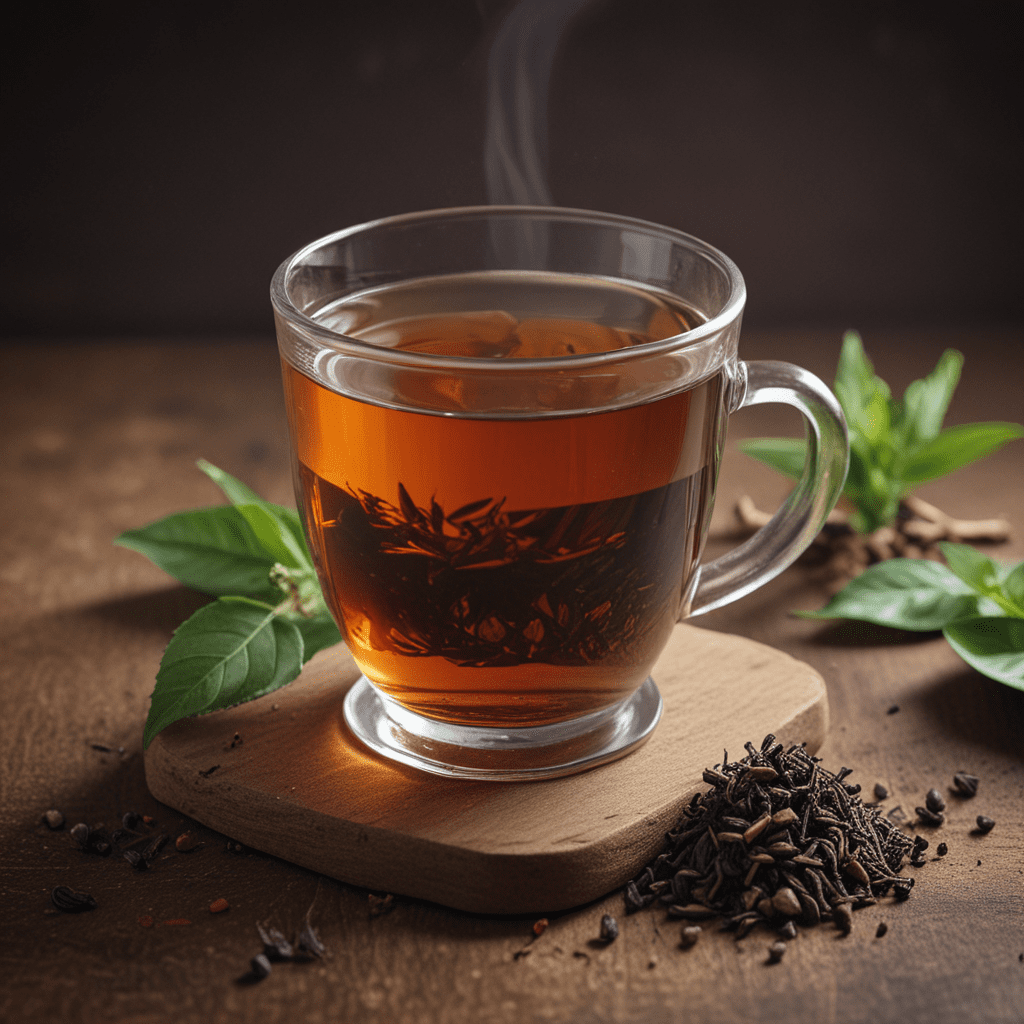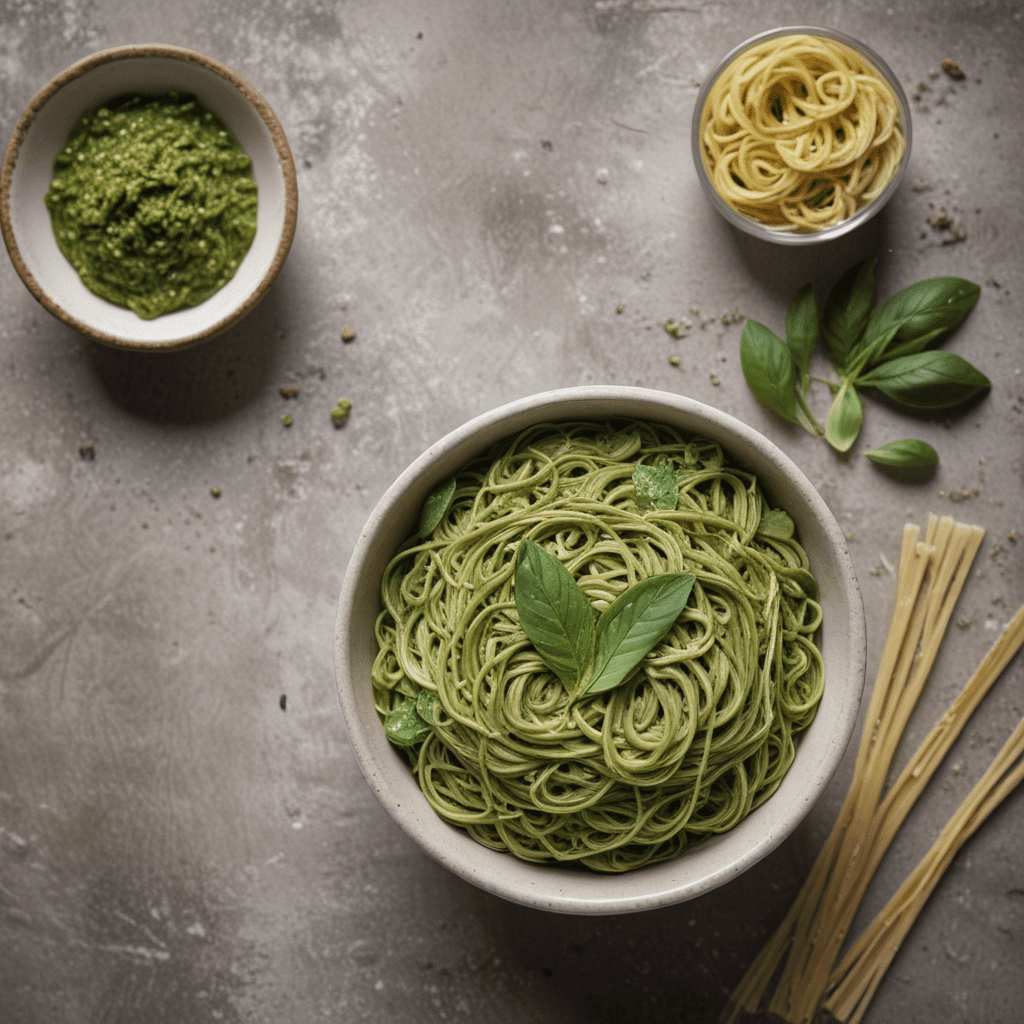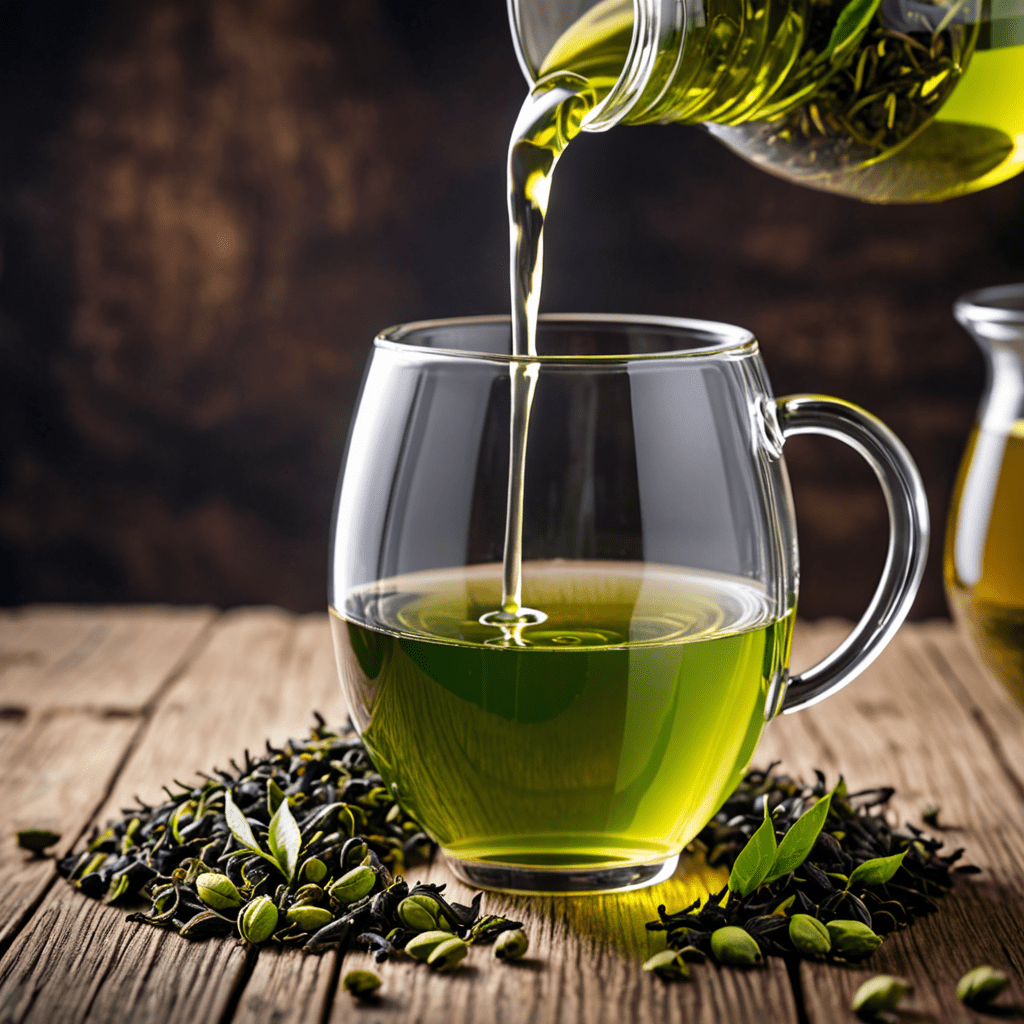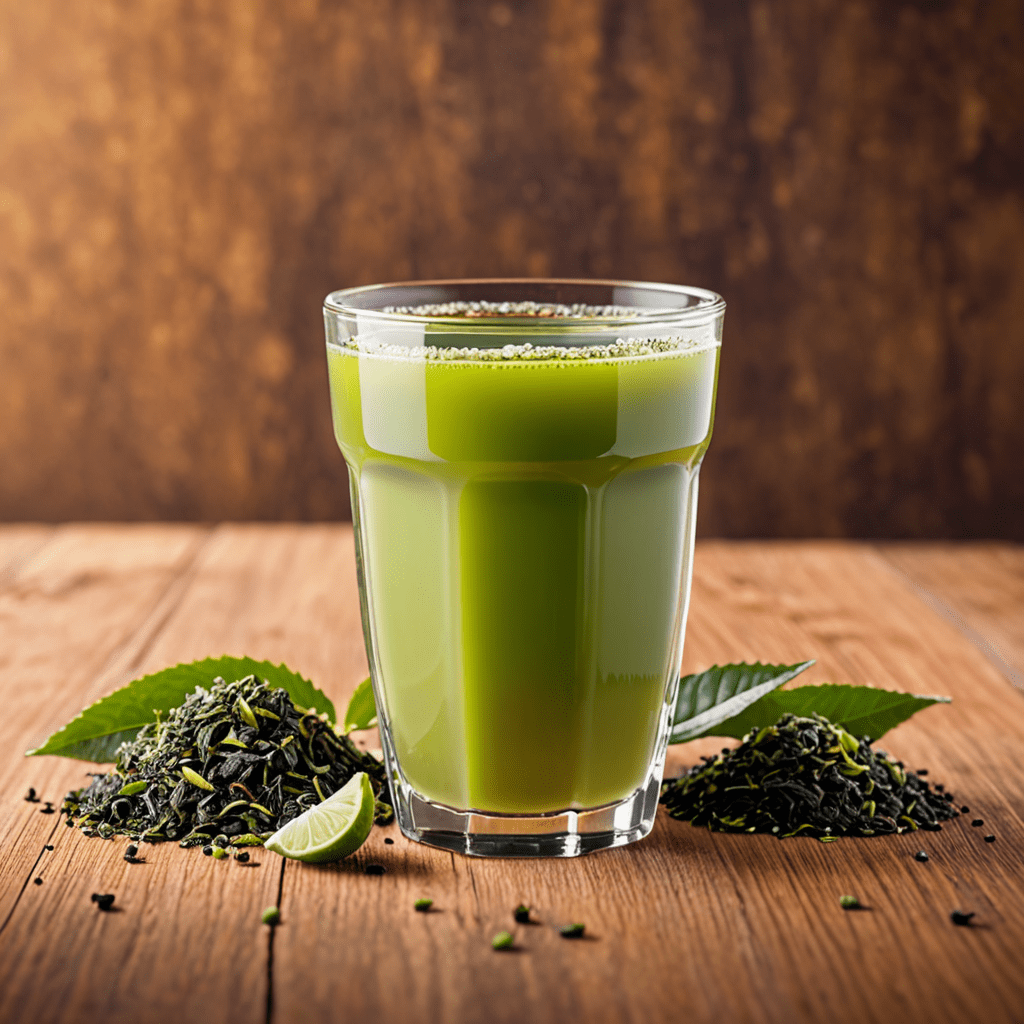
Introduction: The Exquisite World of Assam Tea
Prepare to embark on an enchanting odyssey into the captivating realm of Assam tea. Originating from the lush embrace of the Brahmaputra Valley in northeastern India, Assam tea captivates the senses with its robust character and distinctive malty notes. Renowned for its full-bodied essence and invigorating aroma, Assam tea stands as a testament to the region's rich history, meticulous cultivation practices, and time-honored blending techniques. Join us as we unveil the secrets of this extraordinary beverage, exploring its origins, characteristics, and the art of blending that elevates it to a symphony of flavors.
Historical Roots: Assam Tea’s Legendary Journey
The saga of Assam tea unfolds in the annals of history, tracing its origins to the mid-19th century. In 1823, Robert Bruce, a Scottish adventurer, stumbled upon wild tea plants thriving amidst the dense forests of Assam. Recognizing their potential, he initiated the cultivation of tea, laying the foundation for the industry that would flourish in the years to come. By the early 20th century, Assam tea had gained global recognition, captivating tea enthusiasts with its unique flavor profile and invigorating properties. Today, Assam remains the largest tea-producing region in India, its legacy intertwined with the cultural and economic fabric of the nation.
Optimal Terroir: The Brahmaputra Valley’s Gift
The Brahmaputra Valley, a verdant expanse cradled by the majestic Himalayas, provides the ideal terroir for Assam tea's cultivation. The region's fertile soil, abundant rainfall, and warm, humid climate foster an environment where tea plants thrive. The Brahmaputra River, a life-giving force, nourishes the soil with rich alluvial deposits, contributing to the distinctive character of Assam tea. The valley's unique geography creates a microclimate that protects the tea plants from extreme weather conditions, allowing them to flourish and produce an abundance of high-quality leaves.
Cultivars and Characteristics: A Symphony of Flavors
Assam tea encompasses a diverse range of cultivars, each contributing its own unique nuances to the final blend. The two primary cultivars, Assamica and Chinensis, form the backbone of Assam tea production. Assamica, with its large, dark leaves, imparts a robust body and malty flavor, while Chinensis, known for its smaller, lighter leaves, adds a touch of briskness and complexity. The interplay of these cultivars allows blenders to create a harmonious balance of flavors, catering to a wide spectrum of palates.
Plucking Techniques: Guardians of Quality
The delicate art of plucking plays a pivotal role in determining the quality of Assam tea. Traditionally, tea leaves are hand-picked during the two main flushes of the year: the first flush in March and April, and the second flush in June and July. Experienced pluckers selectively harvest the two youngest leaves and a bud, ensuring that only the finest and most tender leaves are used. This meticulous attention to detail is essential for preserving the tea's freshness, flavor, and aroma.
Orthodox Method: Preserving the Essence of Tradition
Assam tea derives its distinctive character from the traditional orthodox method of processing. This time-honored technique involves several stages, each executed with meticulous precision. After plucking, the leaves undergo a process of withering, where they are spread out in thin layers to lose moisture and develop their characteristic flavors. Subsequently, the leaves are rolled, either by hand or machine, to break down their cell walls and release their essential oils. This process imparts the tea with its full-bodied texture and rich aroma.
Blending Mastery: A Symphony of Flavors
The art of blending Assam tea is a symphony of flavors, where different cultivars and grades are combined to create a harmonious balance. Master blenders possess an innate ability to marry various teas, drawing upon their knowledge of each cultivar's unique characteristics. Through skillful blending, they craft teas that cater to a wide range of preferences, from robust and malty to brisk and refreshing. The result is an exquisite symphony of flavors that delights the senses and leaves a lasting impression.
Secrets of Blending: Achieving Harmony and Balance
Achieving harmony and balance in Assam tea blends is an intricate process that requires both expertise and intuition. Blenders carefully consider the proportion of each cultivar, the age of the leaves, and the desired flavor profile. They experiment with different combinations, adjusting the ratios until they arrive at a blend that meets their exacting standards. The art of blending involves a keen understanding of the nuances of each tea, and the ability to discern how they will complement or contrast when combined.
Tasting Notes: Exploring the Nuances of Flavor
To fully appreciate the exquisite flavors of Assam tea, it is essential to engage in the ritual of tasting. The first sip reveals a symphony of flavors, where the robust body meets the malty notes and brisk undertones. As the tea lingers on the palate, a myriad of nuances unfolds, each sip offering a new layer of complexity. The finish is typically smooth and lingering, leaving a sense of warmth and satisfaction. Assam teas are often enjoyed with milk and sugar, which enhance their inherent flavors and add a touch of indulgence.
Conclusion: Assam Tea: A Timeless Treasure
Assam tea stands as a testament to the rich history, meticulous cultivation practices, and masterful blending techniques that have shaped its unique character. From the lush Brahmaputra Valley to the hands of skilled tea artisans, every step in Assam tea's journey is imbued with care and dedication. The result is a timeless treasure that captivates the senses and continues to delight tea enthusiasts around the world. Assam tea is more than just a beverage; it is an integral part of India's cultural heritage and a testament to the human spirit of innovation and craftsmanship.
FAQ
What is the origin of Assam tea?
Assam tea originated in the Brahmaputra Valley of northeastern India, where it was first discovered by Robert Bruce in 1823.What are the key characteristics of Assam tea?
Assam tea is known for its robust body, malty notes, and brisk undertones. It is typically enjoyed with milk and sugar.What is the traditional method of processing Assam tea?
Assam tea is processed using the orthodox method, which involves withering, rolling, and oxidation. This technique imparts the tea with its distinctive flavor and aroma.
How is Assam tea blended?
Master blenders carefully combine different cultivars and grades of Assam tea to create harmonious and balanced blends. They consider the proportion of each cultivar, the age of the leaves, and the desired flavor profile.What is the best way to enjoy Assam tea?
Assam tea can be enjoyed on its own or with milk and sugar. It is typically brewed for 3-5 minutes using fresh, boiling water.


